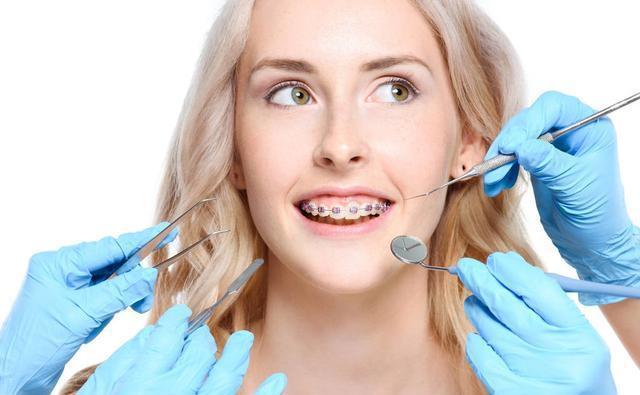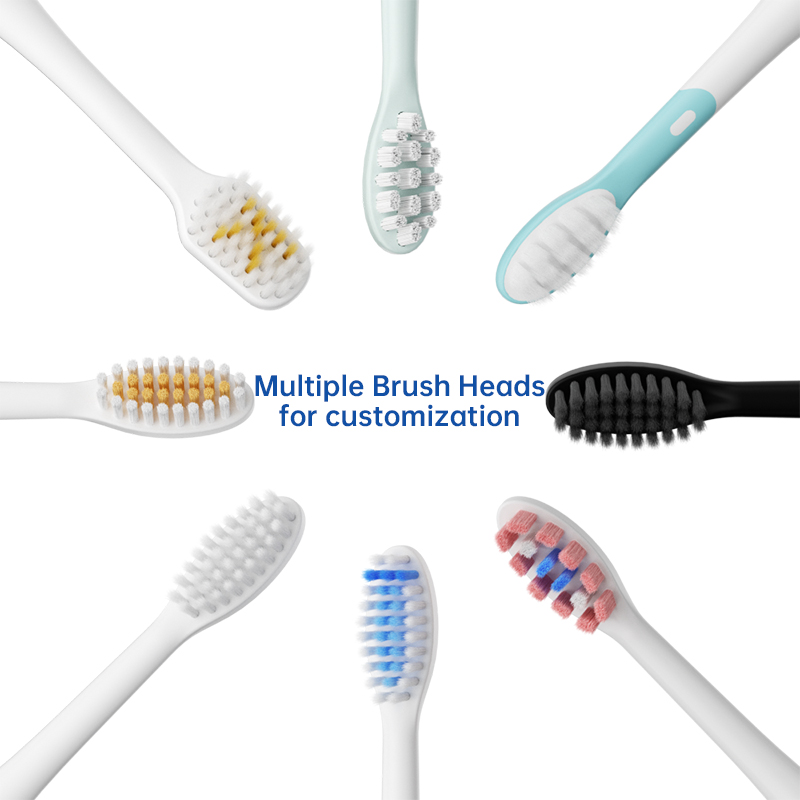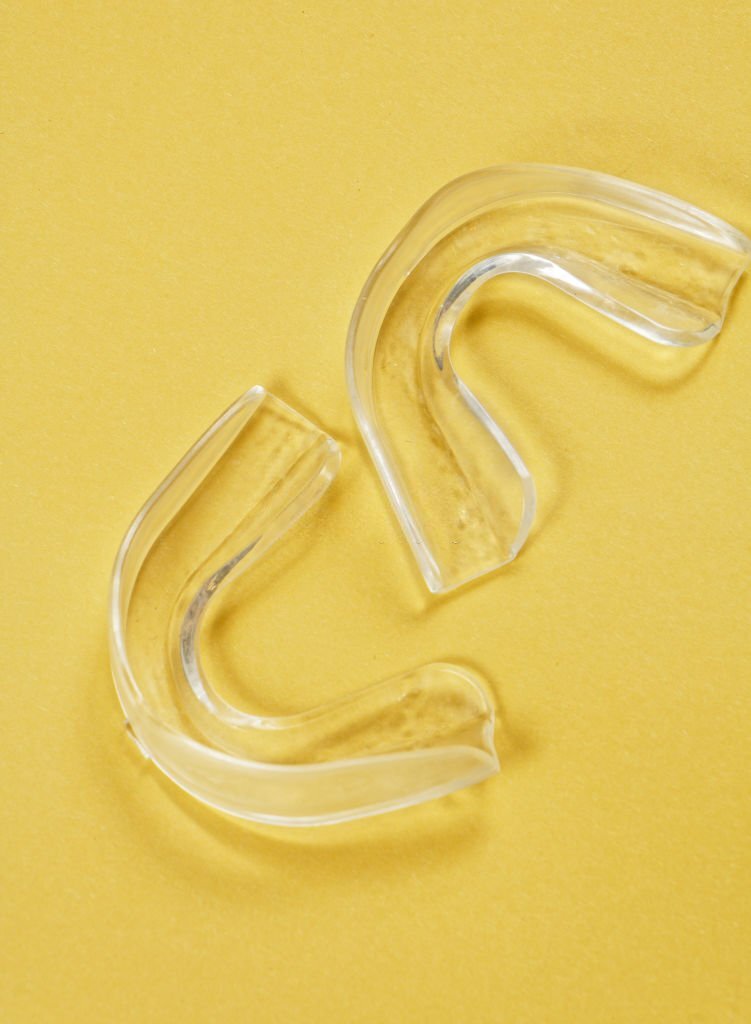In the world of personal care appliances and handheld devices, ergonomic discomfort has emerged as a silent but persistent issue affecting user satisfaction. One common consequence that arises from poor design is grip fatigue, especially during prolonged or repetitive use. When these two factors interact, the result is often diminished performance, negative user feedback, and elevated product returns—raising important questions for manufacturers and OEM partners alike.
Ergonomic discomfort typically stems from poor alignment between the product’s shape and the user’s natural hand posture. Causes include:
Such discomfort doesn’t just affect comfort—it actively leads users to overcompensate with tighter gripping force, setting the stage for grip fatigue.
Grip fatigue refers to the muscular exhaustion that results from sustained hand contraction. In electric toothbrushes, oral irrigators, or grooming tools, this can manifest as:
Grip fatigue is especially concerning for older adults or users with pre-existing joint issues, amplifying the urgency of ergonomic precision. Company web:https://www.powsmart.com/product/electric-toothbrush/
The relationship is causal and compounding. When a device is uncomfortable to hold:
In short, ergonomic discomfort doesn’t just cause grip fatigue—it worsens it through a feedback loop of physical strain and frustration.
For B2B manufacturers and product developers, early-stage design evaluation is crucial. Telltale signs of ergonomic flaws include:
User testing involving diverse hand sizes, grip strengths, and holding styles during product trials can expose latent issues before they scale.
To combat both ergonomic discomfort and grip fatigue, manufacturers can adopt these improvements:
For powered devices, vibration dampening and silent motors also help reduce muscle tension indirectly.
Buyers sourcing private label or OEM personal care products should prioritize ergonomics during selection. Products that feel good to use are:
Providing ergonomic data sheets or certification claims (e.g., tested for grip comfort by third-party labs) can further support differentiation in competitive B2B environments.
In consumer electronics and personal care appliances, ergonomic discomfort and grip fatigue are not just user inconveniences—they’re indicators of design decisions that require refinement. B2B manufacturers who proactively address these issues can deliver longer-lasting, more comfortable products that users will trust in their daily routines. After all, performance isn’t just in the motor—it’s in the feel. Contact us
.jpg)
.jpg)
Private Label Sonic Toothbrush Seattle Retailers | Reliable Manufacturer
Dentist Approved Electric Toothbrush Colaba Mumbai

Recyclable Electric Toothbrushes: The Future of Sustainable Oral Care
Wholesale Sonic Toothbrush Birmingham | Bulk Oral Care Supplier

Essential orthodontic Oral Care Products for Orthodontic Patients: Key Elements & Solutions
Why Does Waterproof Failure Cause Pressure Fluctuation in Water Flossers?
Austin Eco Toothbrush: Sustainable Oral Care from Factory to Home
Sonic Toothbrush Innovations: Axial Clearance & Dynamic Balancing Explained
How to Fix Charging Failure Plus Handle Cracking?

The Hidden Risks of Electric Toothbrush Head Patterns: An OEM Quality Perspective

Which Teeth Whitening Method Is Right for You?

Why choose ABS material for teeth whitening trays
High-Performance Electric Toothbrush for Braces – Bulk Supply for Dental Clinics

Oral Care Gift Sets OEM: Curated Collections for Every Occasion
.jpg)
Can Chicago Black Friday deals cover Chicago toothbrush repair costs?
-3-scaled.png)
Home vs. Professional Red and Blue Light Teeth Whitening Devices: Wavelength Stability and Energy Density Comparison

Customization Teeth Whitening Gel

Private Label Whitening Gel

electric toothbrush heads Regular Clean

electric toothbrush heads Charcoal Infuse-Round

electric toothbrush heads Deep Clean

electric toothbrush heads Ultra Soft

Electric toothbrush heads Charcoal Infused-Diamond
.jpg)
Florida Electric Toothbrush – Powsmart PTR-C8
whstapp
whstapp
National Toll-Free Service Hotline
+86 755 86238638